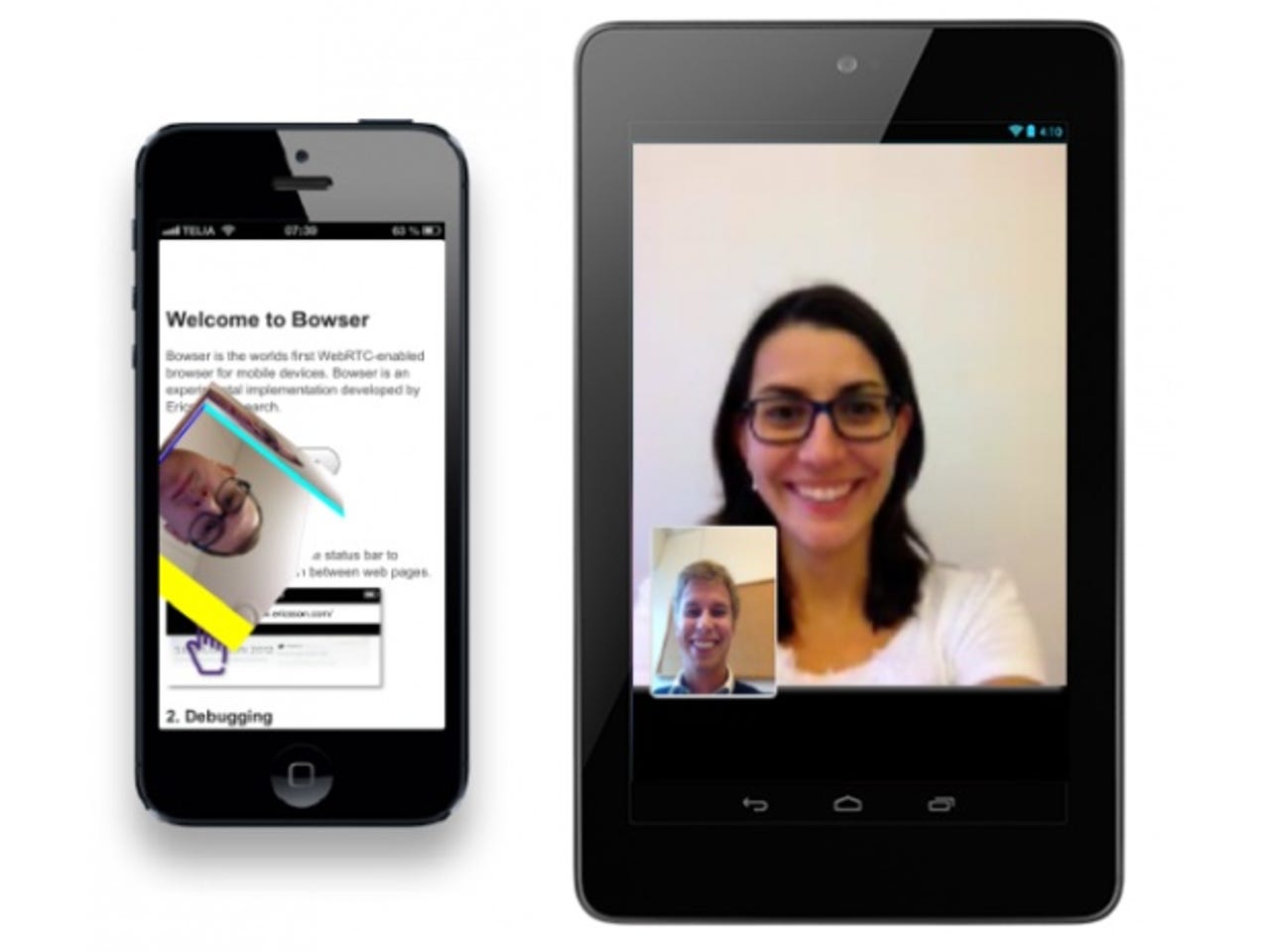Ericsson's latest mobile browser promises devs more fun with video

Ericsson has launched the first WebRTC-compatible browser for mobile devices, the company said on Friday.
The experimental Bowser browser will let developers experiment with different audio and video functionality in their applications, Stefan Alund, a researcher at Ericsson, said in a blog post. "A web application can establish audio and video calls with another device or call audio/visual services using the WebRTC API that Bowser implements and exposes," he wrote.

Bowser will allow developers to embed video that is not full screen, for example, whereas previously some mobile browsers limited video to full screen width. It will also allow more imaginative placement of video; in a demonstration film posted in the blog, Bowser showed off a video bouncing around in a cube on the screen. "We think developers will have a lot of fun with this," Alund wrote.
WebRTC (real-time communication) is included within HTML5 and is still being developed by the World Wide Web Consortium (W3C) and the Internet Engineering Task Force (IETF).
Ericsson's Bowser app is available for Android and iOS. It follows on from Ericsson's WebRTC-enabled browser for desktops, released in 2011.